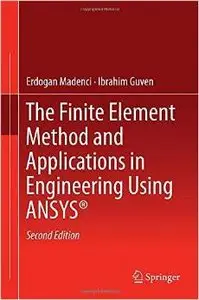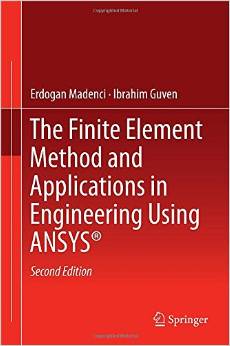The Finite Element Method and Applications in Engineering Using ANSYS®, 2 edition by Erdogan Madenci and Ibrahim Guven
English | 2015 | ISBN: 1489975497 | 657 pages | PDF | 51 MB
English | 2015 | ISBN: 1489975497 | 657 pages | PDF | 51 MB
This textbook offers theoretical and practical knowledge of the finite element method. The book equips readers with the skills required to analyze engineering problems using ANSYS®, a commercially available FEA program. Revised and updated, this new edition presents the most current ANSYS® commands and ANSYS® screen shots, as well as modeling steps for each example problem. This self-contained, introductory text minimizes the need for additional reference material by covering both the fundamental topics in finite element methods and advanced topics concerning modeling and analysis. It focuses on the use of ANSYS® through both the Graphics User Interface (GUI) and the ANSYS® Parametric Design Language (APDL). Extensive examples from a range of engineering disciplines are presented in a straightforward, step-by-step fashion. Key topics include: • An introduction to FEM • Fundamentals and analysis capabilities of ANSYS® • Fundamentals of discretization and approximation functions • Modeling techniques and mesh generation in ANSYS® • Weighted residuals and minimum potential energy • Development of macro files • Linear structural analysis • Heat transfer and moisture diffusion • Nonlinear structural problems • Advanced subjects such as submodeling, substructuring, interaction with external files, and modification of ANSYS®-GUI Supplementary materials for this book may be downloaded from http://extras.springer.com. This convenient online feature, which includes color figures, screen shots and input files for sample problems, allows for regeneration on the reader’s own computer. Students, researchers, and practitioners alike will find this an essential guide to predicting and simulating the physical behavior of complex engineering systems.



